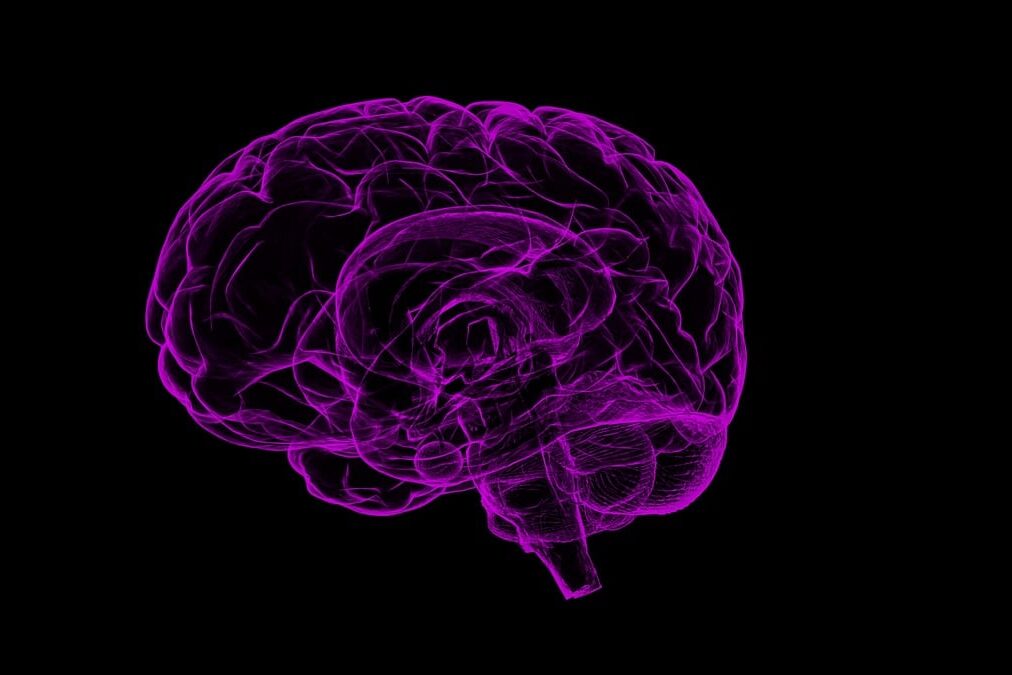Our brain is composed of 86 billion neurons and a similar number of non-neuronal cells.
The National Institute of Health’s Brain Research through Advancing Innovative Neurotechnologies (BRAIN) Initiative – Cell Census Network (BICCN), which was first launched in 2017, is a consortium of centers distributed in the United States and Europe that work together toward the goal of characterizing cell types and their functions in the brains of humans, nonhuman primates (NHPs), and rodents.
In Science, Science Advances, and Science Translational Medicine, we present the results of this monumental effort.
Deciphering the genetic diversity of the 86 billion neurons that make up the human brain is paramount to understanding the molecular basis of our capabilities and what goes awry in neurological disorders. In this collection of papers—published in Science, Science Advances, and Science Translational Medicine—the National Institute of Health’s Brain Research through Advancing Innovative Neurotechnologies (BRAIN) Initiative – Cell Census Network (BICCN) presents a large-scale multi-omics analysis of the human brain at the cell-type level.
As detailed in 21 papers produced through a collaborative effort between researchers all around the world, the most advanced molecular biology methodologies were used to produce a comprehensive cell atlas of the adult and developing human brain at the transcriptional, epigenetic, and functional levels.
In addition, by comparing human, nonhuman primate, and rodent brains, these researchers offer a glimpse into what makes us human. Until now, this type of analysis was mostly reserved to preclinical studies in animal models. The results presented by the BICCN show how these technologies can now be applied at-scale to tackle brain complexity in humans and our close relatives. These data will allow researchers to tackle a wide variety of scientific questions and are already a milestone in the neuroscientific world. If we want to understand what makes us human, and the mechanisms responsible for the development of neurological disorders, we first need to have a deep knowledge of the human brain at the cellular level, which is exactly what this collection of papers from the BICCN is about.
Source: Science.org
Author: MATTIA MAROSO
Date: 12 Oct 2023
Link: https://www.science.org/doi/10.1126/science.adl0913
Nutrigenomics Institute is not responsible for the comments and opinions included in this article.






